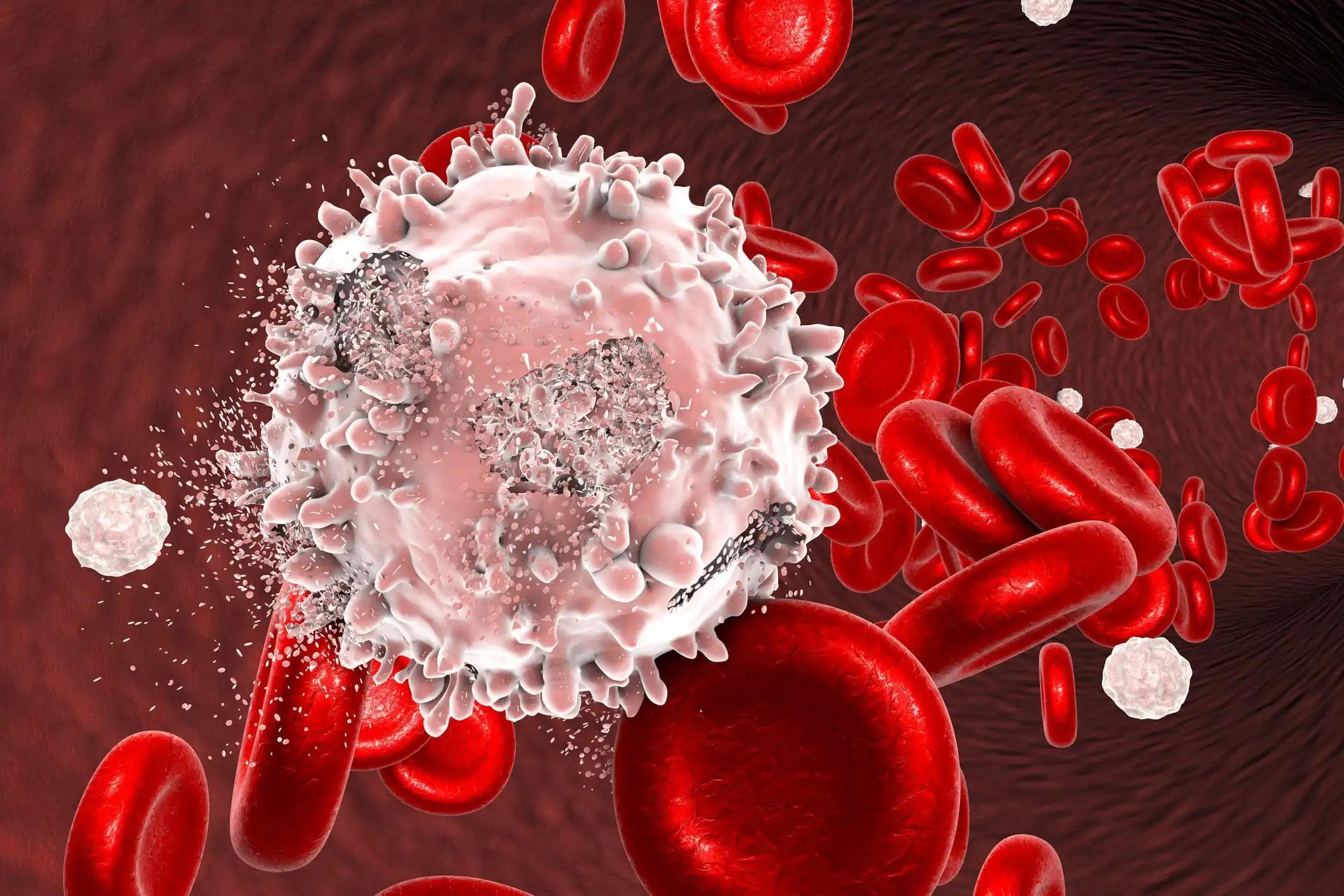KEY TAKEAWAYS
- The study aimed to investigate the causal relationship between Treg immune traits and the risk of autoimmune diseases complicated by NHL.
- Researchers noticed a potential genetic link between CD39+ CD8+ Tregs and DLBCL, suggesting implications for managing SLE or CD.
The role of immune cells in autoimmune diseases (ADs) complicated by non-Hodgkin lymphoma (NHL) is well acknowledged, yet the causal relationship between regulatory T cell (Treg) immune traits and ADs complicated by NHL is still under debate.
Qi Liu and the team aimed to explore this potential relationship using Mendelian randomization to identify genetic links between Treg subtypes and both ADs and NHL.
They performed an inclusive analysis using aggregate data for 84 Treg-related immune traits from the GWAS catalog, alongside GWAS data for diffuse large B-cell lymphoma (DLBCL; n=315,243), follicular lymphoma (FL; n=325,831), Sjögren’s syndrome (SS; n=402,090), rheumatoid arthritis (RA; n=276,465), dermatomyositis (DM; n=311,640), psoriasis (n=407,876), atopic dermatitis (AD; n=382,254), ulcerative colitis (UC; n=411,317), Crohn’s disease (CD; n=411,973), and systemic lupus erythematosus (SLE; n=307,587) from the FinnGen database.
The inverse variance weighting (IVW) method was predominantly utilized to infer causal associations between Treg-related immune traits and these conditions, with additional analyses using MR-Egger, weighted median, simple mode, and weighted mode methods. Sensitivity analyses were conducted to validate the robustness of the causal relationships.
About the genetic associations, a potential genetic predisposition was identified between CD39+ CD8br AC, CD39+ CD8br % T cell, and the risk of DLBCL (OR=1.51, P<0.001; OR=1.25, P=0.001) with an adjusted FDR<0.1. Genetic predictions indicated potential associations between CD25++ CD8br AC, CD28- CD25++ CD8br % T cell, CD39+ CD8br % CD8br, and the risk of FL (OR=1.13, P=0.022; OR=1.28, P=0.042; OR=0.90, P=0.016) with an adjusted FDR>0.1.
Additionally, SLE and CD showed a genetically predicted potential association with the CD39+ CD8+ Tregs subset. SS and DM were possibly linked to an increase in the quantity of the CD4+ Tregs subset, while RA may have reduced the quantity of the CD39+ CD8+ Tregs subset, although no causal relationship was established. Sensitivity analyses confirmed the robustness of these findings.
The study concluded that there was a genetically predicted potential association between the CD39+ CD8+ Tregs subset and the risk of DLBCL, with SLE and CD also showing potential genetic links to this Treg subset. This suggests that the CD39+ CD8+ Tregs subset could be instrumental in diagnosing and treating SLE or CD complicated by DLBCL.
This study was partially funded by the National Natural Science Foundation of China (NO.82174222), Qingdao Science and Technology Public-interest Demonstration Project(23-2-8-smjk-1-nsh), Shandong Natural Science Foundation (ZR2021LZY015), Youth Innovation Team Development Program for Higher Education Institutions in Shandong Province (2023KJ256).
Source: https://pubmed.ncbi.nlm.nih.gov/38863695/
Liu Q, Zhou X, Liu K, et al. (2024). “Exploring risk factors for autoimmune diseases complicated by non-hodgkin lymphoma through regulatory T cell immune-related traits: a Mendelian randomization study.” Front Immunol. 2024 May 28;15:1374938. doi: 10.3389/fimmu.2024.1374938. PMID: 38863695; PMCID: PMC11165099.



